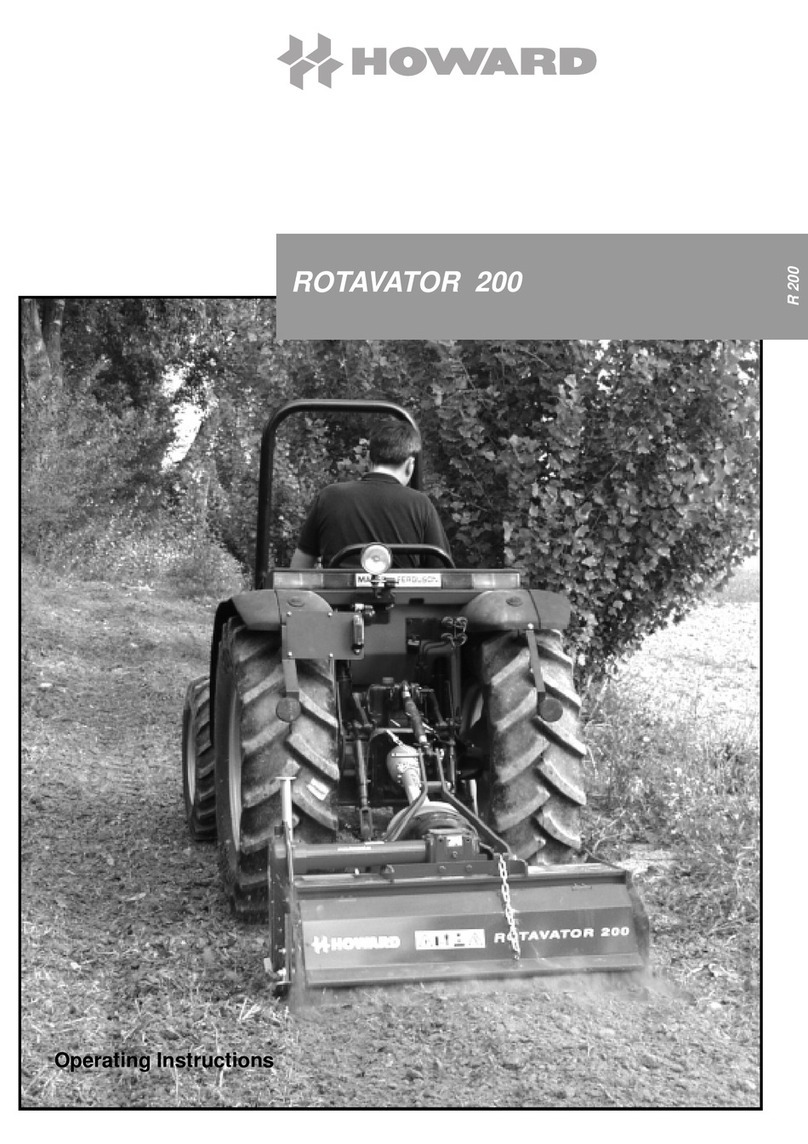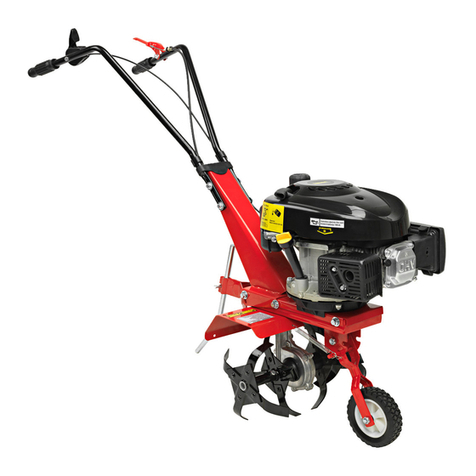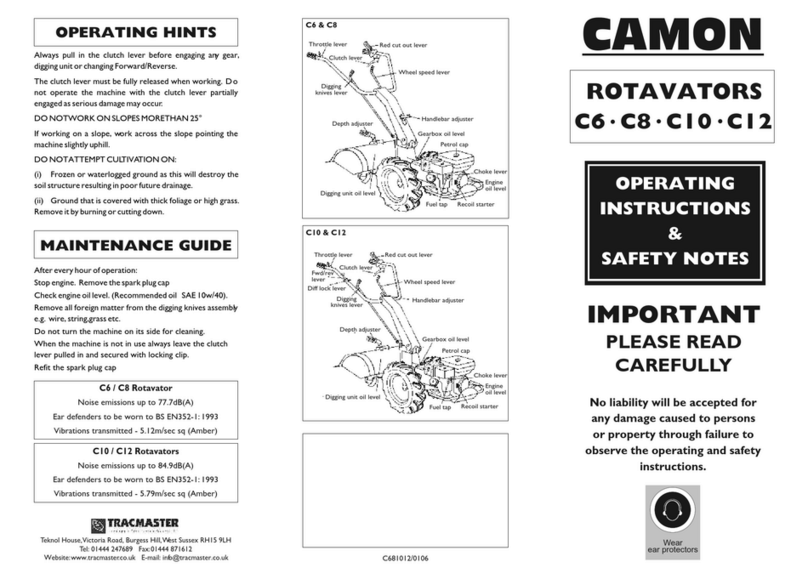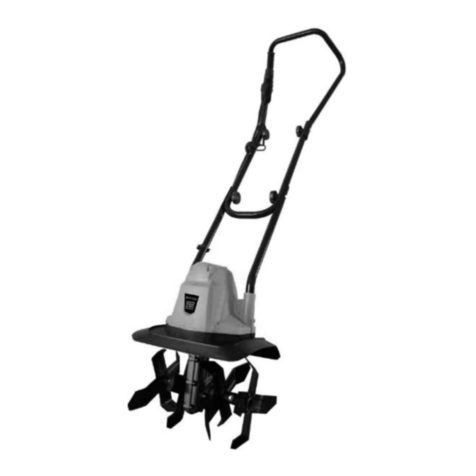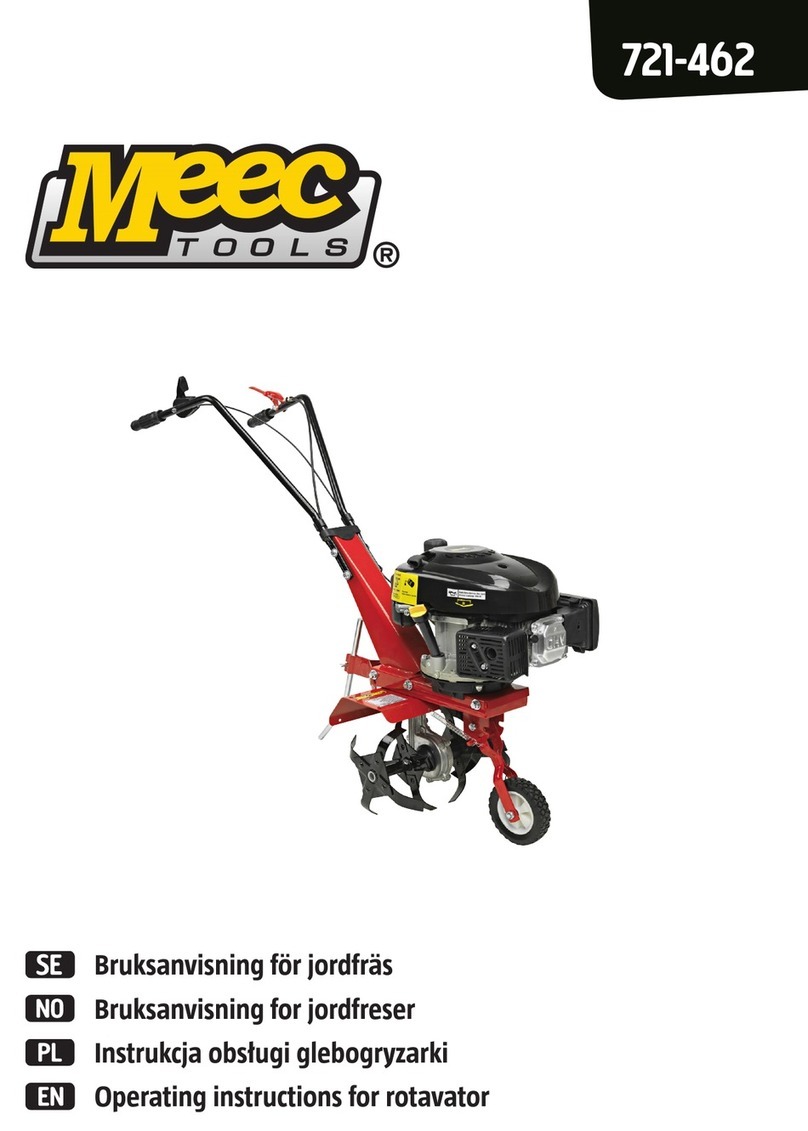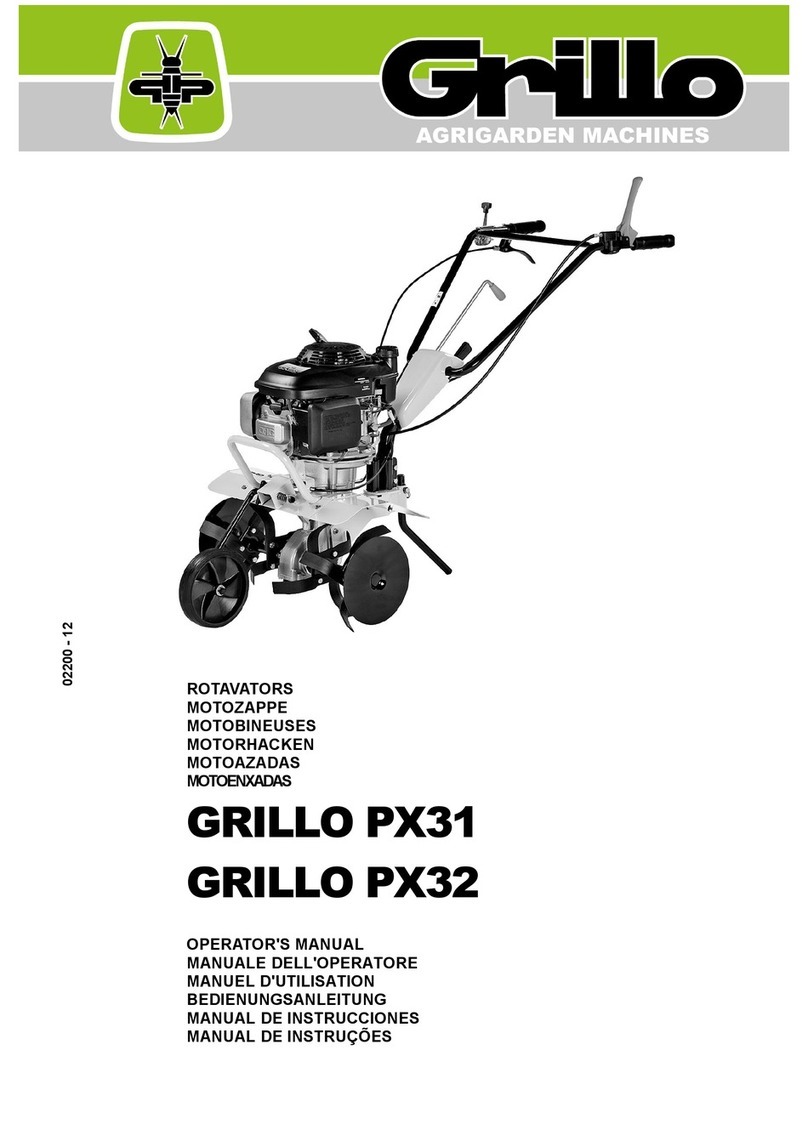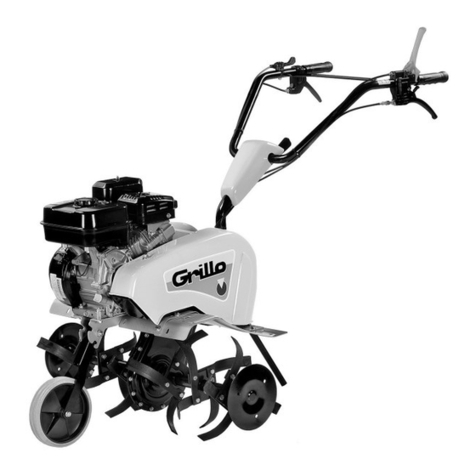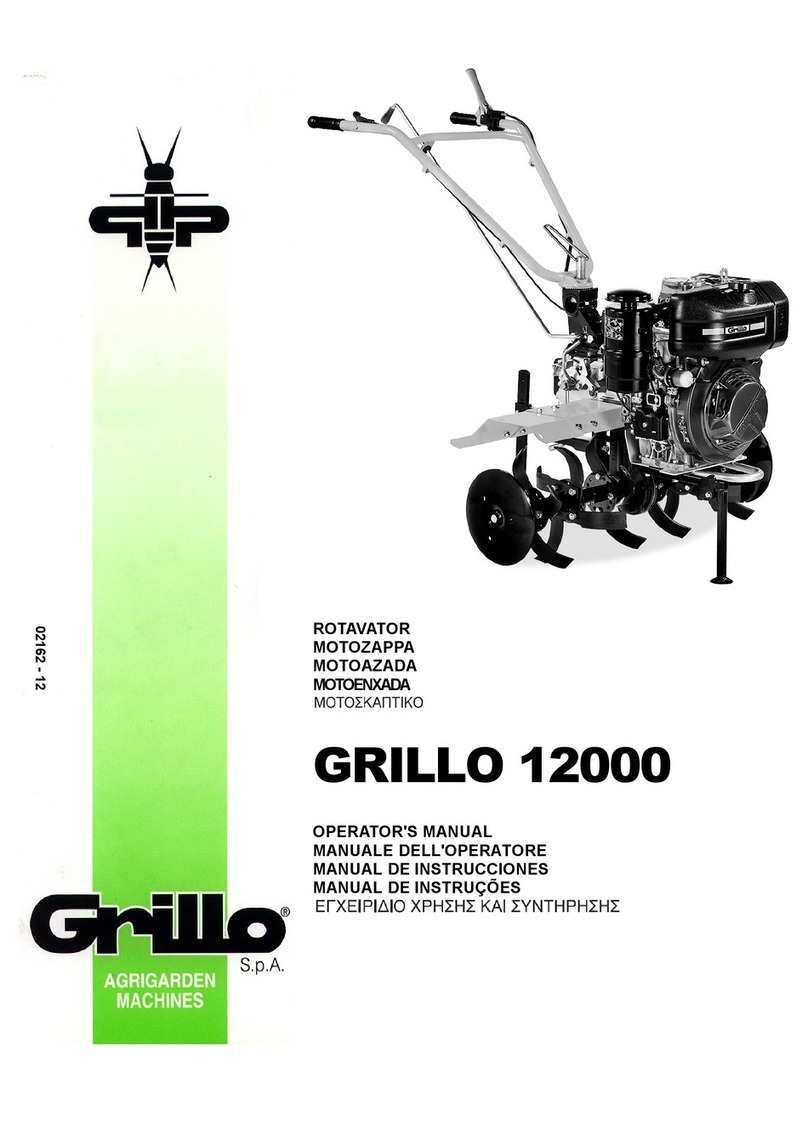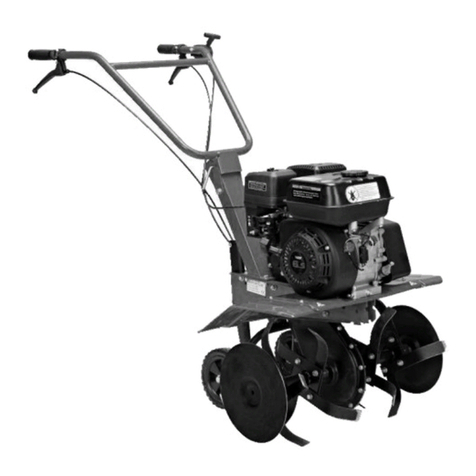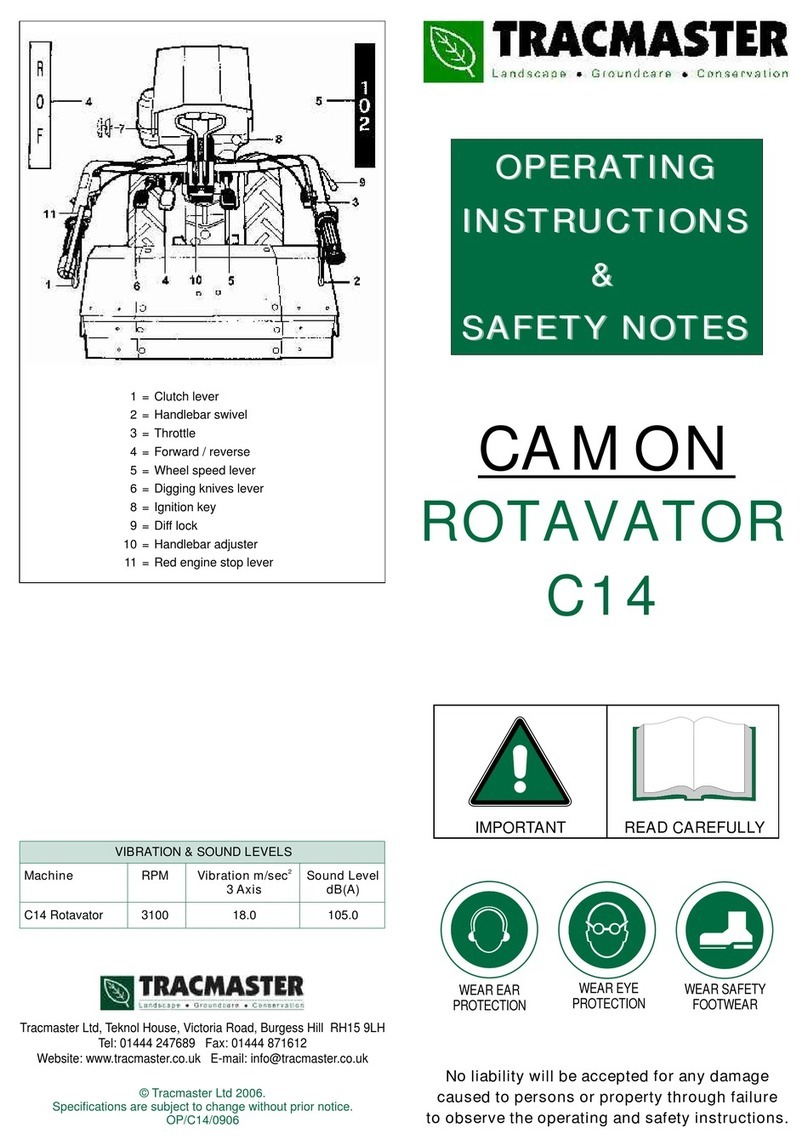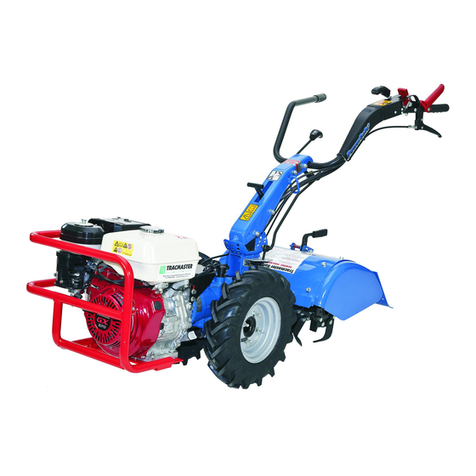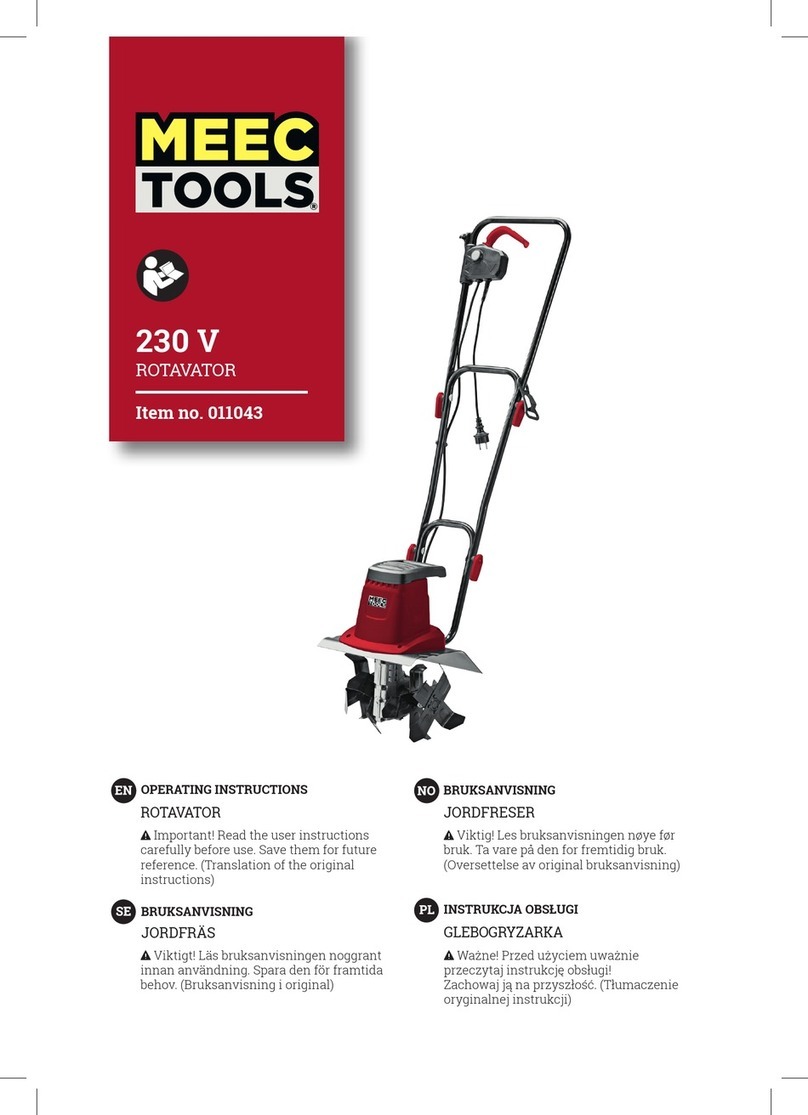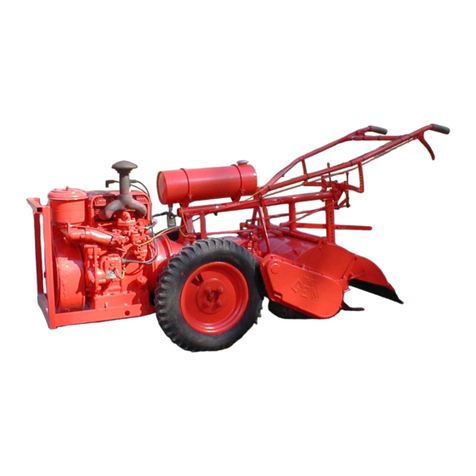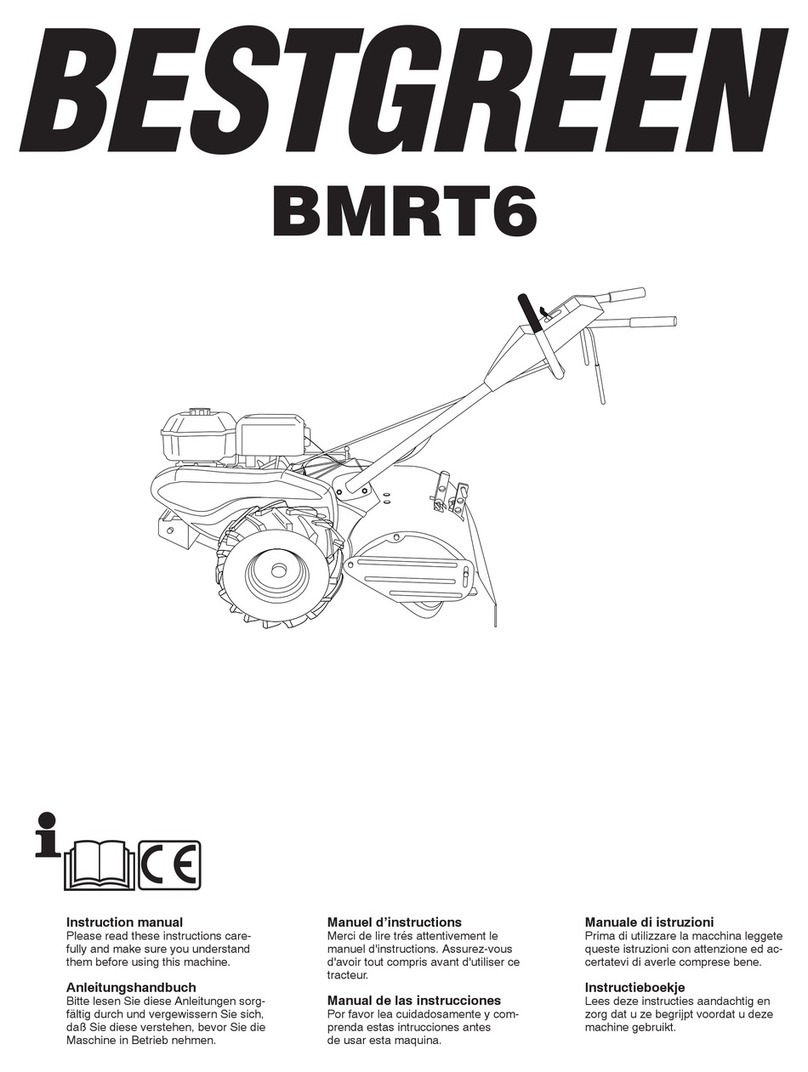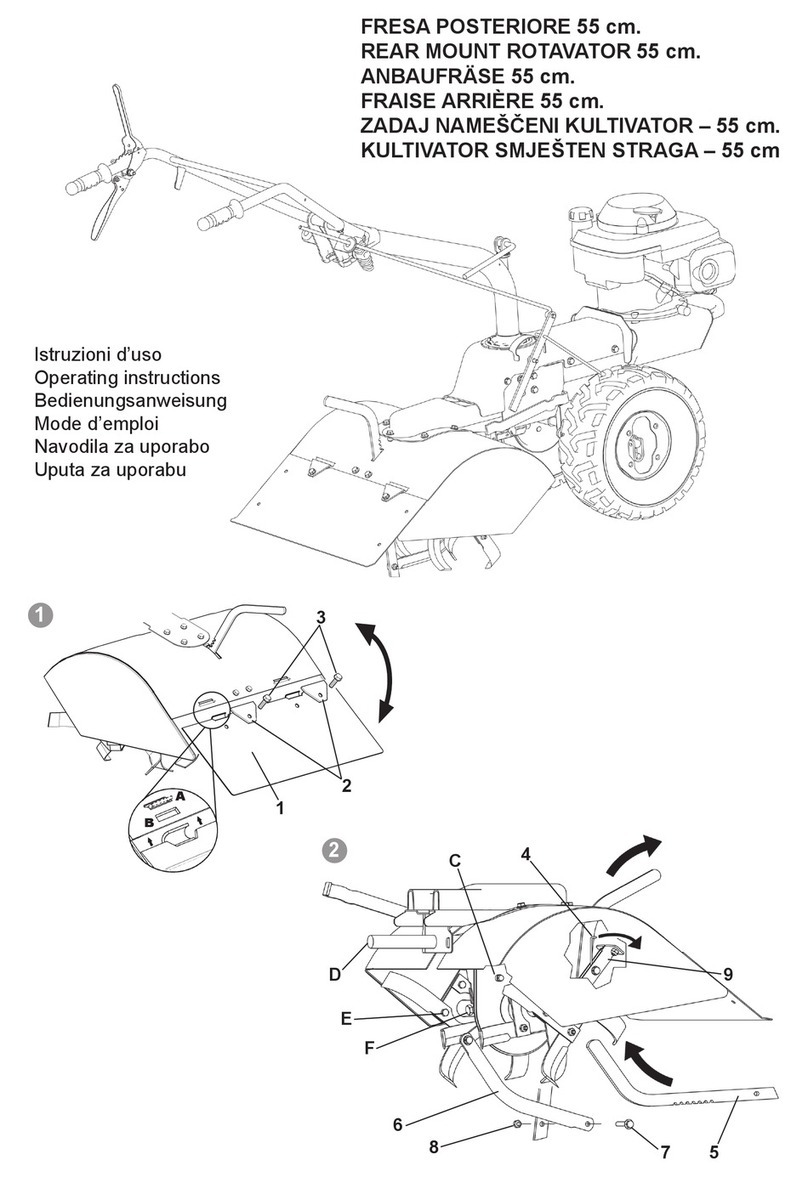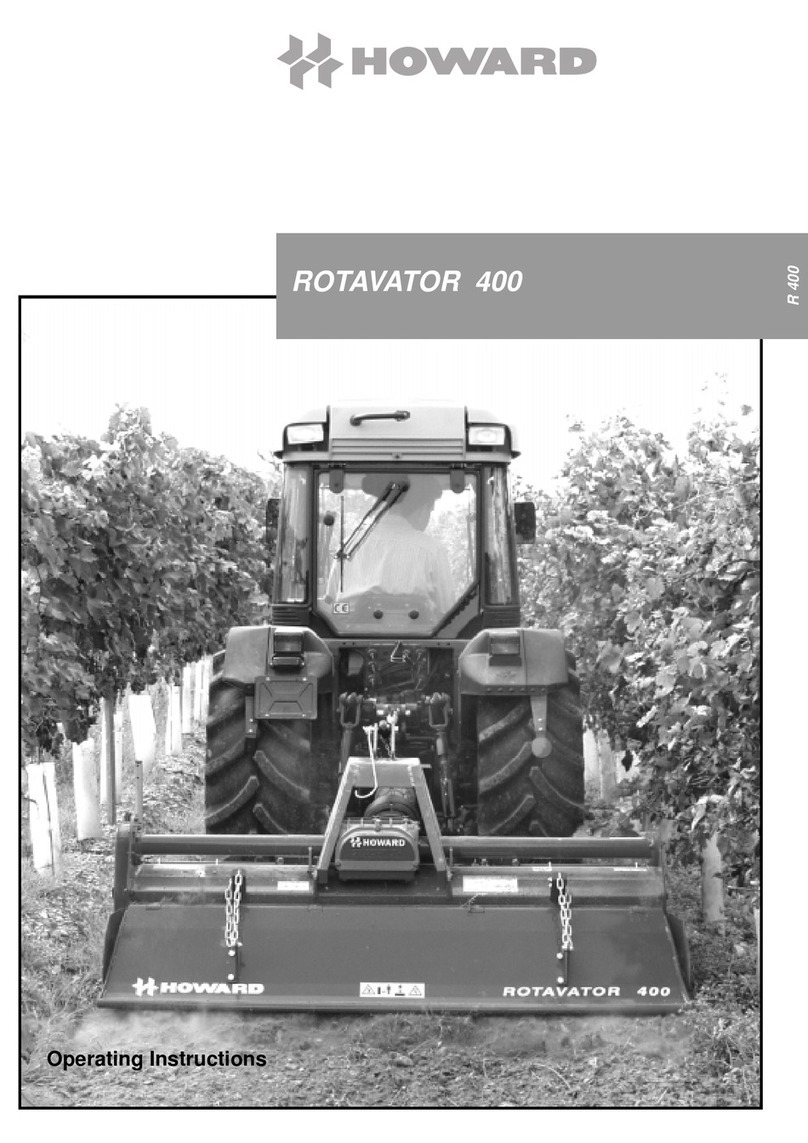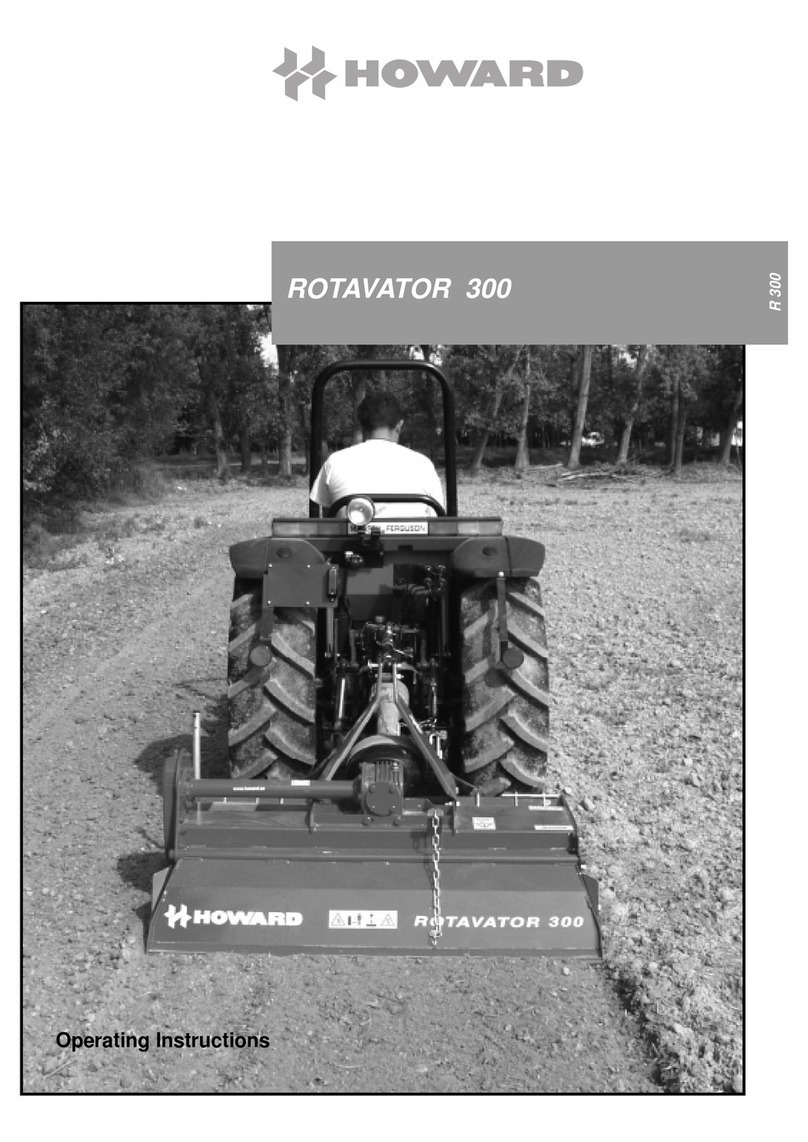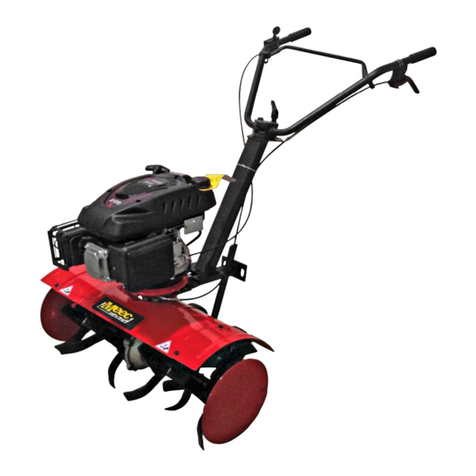GENERAL SECURITY RULES
NORME DI CARATTERE GENERALE SULLA SICUREZZA
SICHERHEITSHINWEISE
RÈGLES GÉNÉRALES DE SÉCURITÉ
NORMAS DE CARÁCTER GENERAL SOBRE LA SEGURIDAD
NORMAS DE CARÁCTER GENERAL ACERCA DA SEGURANÇA
Pay attention to symbol DANGER! It points out all most dangerous operations according to the situation. All safety rules are important and therefore must be strictly
observed. Always keep this handbook within the reach, read it carefully and learn how to use the equipment in a safe way. Let nobody, not provided with necessary
information, work with the equipment.
Fare attenzione al simbolo PERICOLO! Esso indica la presenza delle principali situazioni di pericolo. Tutte le norme antinfortunistiche contente sono importanti e
vanno rispettate. Tenere sempre questo manuale a portata di mano, leggerlo attentamente ed imparare ad usare l’attrezzatura in modo sicuro. Non permettere che
qualcuno operi con questa attrezzatura senza aver ricevuto istruzioni esaurienti.
Attention au symbole DANGER! Il indique la pr sence des principales situations de danger. Toutes les normes contenues pour la pr vention des accidents sont
importantes et doivent être respect es scrupuleusement. Garder toujours ce manuel à la port e de la main, le lire attentivement et apprendre à utiliser ce mat riel
en toute s curit . Ne pas permettre que d’autres personnes utilisent ce mat riel sans avoir reçus des instructions exhaustives.
Achtung - die mit dem ymbol GEFAHR! gekennzeichneten Hinweise weisen auf potentielle Gefahrensituationen hin. Alle sicherheitsrelevanten Hinweise in
diesem Handbuch sind sehr wichtig und müssen unbedingt befolgt werden. Bewahren ie dieses Handbuch stets griffbereit auf, lesen ie es aufmerksam durch,
und lernen ie, die Maschine und die gesamte Ausrüstung sicher zu benutzen. Die Maschine darf nur von Personen benutzt werden, die vorher entsprechend
unterwiesen wurden.
Preste atención al símbolo ¡PELIGRO! Indica la presencia de situaciones importantes de peligro. Todas las normas de prevención de accidentes detalladas son
importantes y deben respetarse estrictamente. Conserve este manual al alcance de la mano, l alo atentamente y aprenda a utilizar el equipamiento de modo
seguro. No permita que otras personas operen con este equipamiento sin haber recibido instrucciones exhaustivas.
Take special care not to touch hot parts of the engine.
Prestate particolare attenzione a non entrare in contatto con parti surriscaldate
del motore.
Veiller tout particulièrement à ne pas toucher des l ments surchauff s du
moteur.
Achtung – keine heißen Motorteile berühren!
No tocar partes recalentadas del motor.
Tome muito cuidado para não entrar em contacto com as partes aquecidas do
motor.
Engine exhaust fumes can cause sickness or death. If it is necessary to run an
engine in an enclosed area, use an exhaust pipe extension to remove the
fumes. Always try to work in a well ventilated area.
I gas di scarico possono causare malanni o morte. Se è necessario mettere in
moto un motore in uno spazio chiuso, usare una prolunga tubo di scarico per far
uscire il fumo. Lavorare in una zona ben ventilata.
L’exhalation des gaz d’ chappement peut être cause d’intoxication ou de mort.
S’il est vraiment n cessaire d’allumer le moteur à l’int rieur, appliquer au tuyau
d’ chappement un autre tuyau extensible pour permettre la sortie des gaz. Il est
toujours mieux de travailler en plein air.
Auspuffgase können Übelkeit oder Tod verursachen. Wenn es notwendig ist,
einen Motor in einem geschlossenen Raum laufen zu lassen, benützen Sie eine
Verlängerung, um das Auspuffgas abzuleiten. Versuchen Sie immer in einem
gut belüfteten Raum zu arbeiten.
Los gases de escape pueden provocar enfermedades o muerte. De tener que
poner en marcha un motor en un espacio cerrado, usar una prolongación del
tubo de escape para que salga el humo. Trabajar en una zona bien ventilada.
Os gases de escape podem causar danos ou morte. Caso seja necessário
fazer com que o motor funcione num espaço fechado, utilize uma extensão
para o tubo de escape que os fumos sejam expulso para o exterior. Trabalhe
numa área bem ventilada.
Handle fuel with care, it is highly flammable: Do not refuel machine while
smoking, when machine is near an open flame or sparks, or when the engine is
running. Stop the engine.
Maneggiare il carburante con cura, è altamente infiammabile; non fate
rifornimento mentre fumate, o vicino a fiamme o scintille, o quando il motore è
acceso.
Manier avec soin le carburant car c’est très inflammable. Ne pas remplir le
r servoir si vous êtes en train de fumer ou pendant que la machine est près du
feu ou d’ tincelles ou encore pendant que la machine travaille. Arrêter le
moteur.
Treibstoff vorsichtig handhaben, da er sehr entzündbar ist: beim Tanken nicht
rauchen. Nicht tanken, wenn die Maschine in der Nähe von Flammen oder
Funken ist oder wenn der Motor läuft. Immer den Motor abschalten.
Manejar el combustible con cuidado porque es sumamente inflamable; no
repostar mientras se fuma o cerca de llamas o chispas, o cuando el motor está
encendido.
Manuseie o carburante com cuidado, pois este è altamente inflamável; não
fume durante o abastecimento da máquina ou enquanto o motor estiver ligado,
não o aproximado de chama ou de faíscas.
